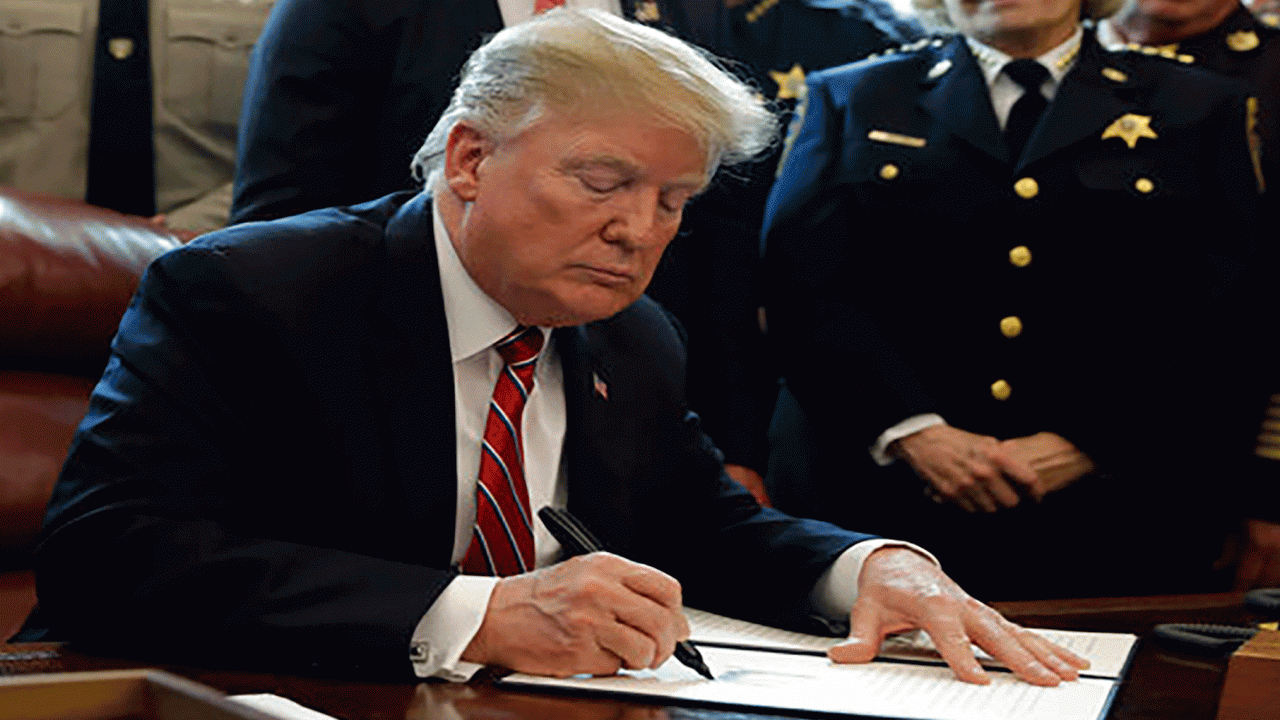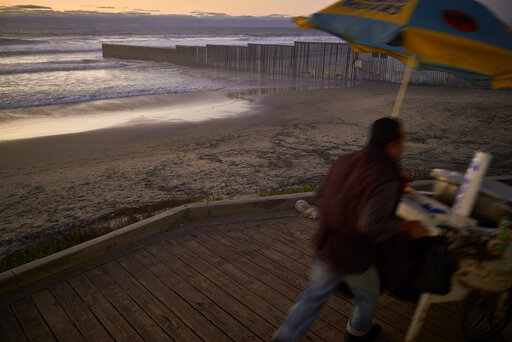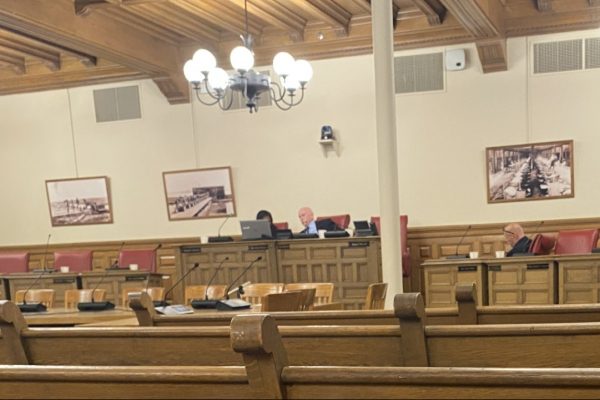
Syracuse, N. Y. (NCC News) – The White House eased up earlier today on its threat to completely close the U.S.-Mexican Border this week if Mexican authorities did not immediately stem illegal immigration into the country. Originally, President Donald Trump had announced the drastic measure to shut down the Southern border on Friday March 29th, 2019.
Such a shutdown could result in huge economic losses for both nations as an average of 15,000 trucks and $1.6 billion in goods cross the border every day. American auto companies in particular would suffer great economic consequences because their parts go back and forth between the two countries during the vehicle manufacturing process.

Another immediate effect of a border shutdown would be an increase in produce prices and a possible food shortage. During the winter season, more than 60 percent of all produce imported from Mexico passes through Nogales, Arizona. If the 11,000 to 12,000 commercial trucks carrying eggplants, tomatoes, bell peppers, lettuce, cucumbers, and berries cannot pass this entry point, consumers in the United States will feel the effect right away.
Trump had announced this drastic measure following his controversial declaration of a national emergency at the Southern border back in February. According to the Trump administration, the gradual influx of illegal immigrants poses a substantial risk to the security of the United States.
Thousands of asylum seekers from Central American countries such as El Salvador, Honduras, and Guatemala are currently in Mexico pending their entry into the United States.





